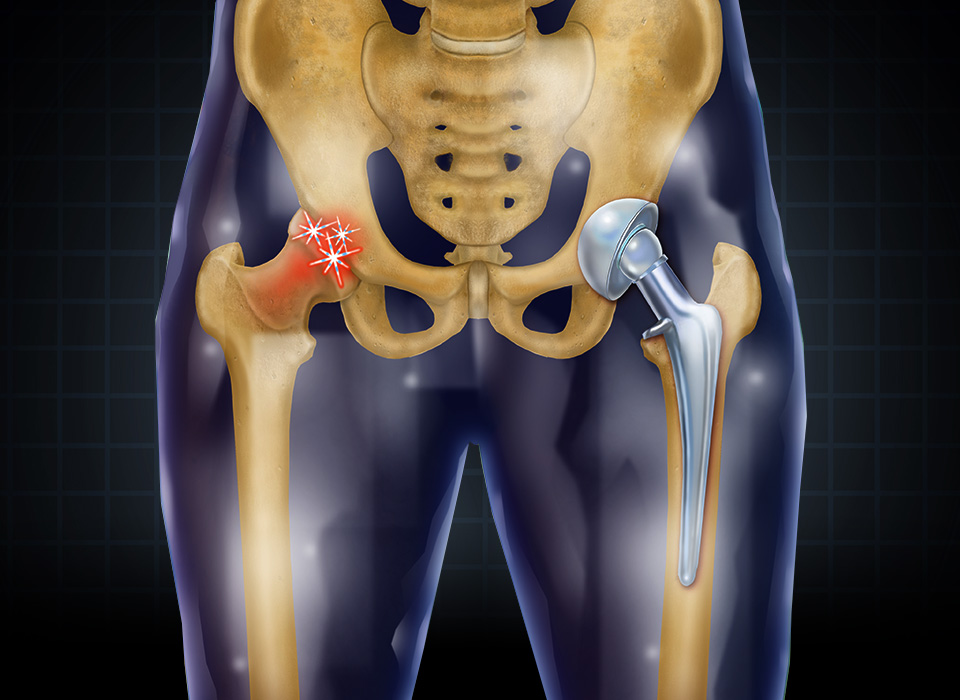Total Hip Replacement
Hip disease and arthritis are very common in young age group citizens, so our theme of treatment is
“We don’t plan hip replacement, we plan life of patient”
Correct placement of artificial sockets requires 360 degree vision, which is usually difficult to achieve while operating from one side.
Benefits of Hip Replacement at VIROC Hospital
- Counselling about surgery in depth that includes
We have a team of highly qualified joint replacement surgeons who during the surgery stand on either side of the patient in order to obtain the 360 degree visualization of the socket. The 4th dimension is a highly qualified team of 2 surgeons who work for the 100% outcome of surgery.
“We don’t plan hip replacement, we plan life of patient”
Will I Be Pain-Free After My Surgery?
Although patients are sore after surgery, most hip replacement patients report being completely pain-free after 3-4 weeks. Additionally, 95% of hip replacement patients reported having less pain one year after their surgery than before it, according to Total Knee Replacements.
Why Would Someone Need Total Hip Replacement?
It is suggested when the cartilage (a sponge like structure between two bones of joint) between the
ball and socket of hip joint wears out, resulting in impairment to the patient. Also it becomes
necessary when all nonsurgical treatments are failed to relieve hip pain. Other common reasons of
Hip replacement are arthritis, severe trauma to bones.
How Long Will I Have to Take Off Work?
It is recommended that patients take 2-6 weeks off of work depending on their occupation. Patients who have a desk job can typically go back to work sooner than patients who have manual labor jobs or have to be on their feet often.
What Sort of Post-Operative Care Will I Require?
Initially, you will need the help of a close friend or loved one for everyday tasks such as getting dressed and showering. The length of time you will need assistance depends on the patient, but it is typically anywhere from several days to a few weeks.
Will I Need Physical Therapy?
Yes. Physical therapy is an essential part of your total hip replacement recovery process. Physical therapy begins the following day of your surgery and will take place over the course of several weeks. At first, you will do some simple exercises like contracting and relaxing your muscles in order to strengthen your hip. You will also learn new techniques for movements such as sitting, standing, and bending, in order to prevent any possible damage to your hip replacement. Typically patients are in physical therapy for 6-8 weeks.

Dr. Darshan Suthar

Dr. Vrajesh Shah

Dr. Rajiv Paradkar
Meet Our Patients


